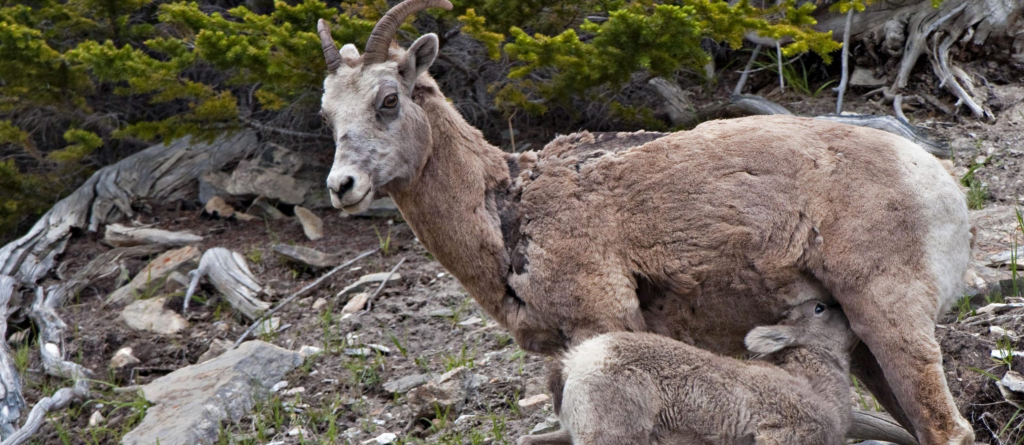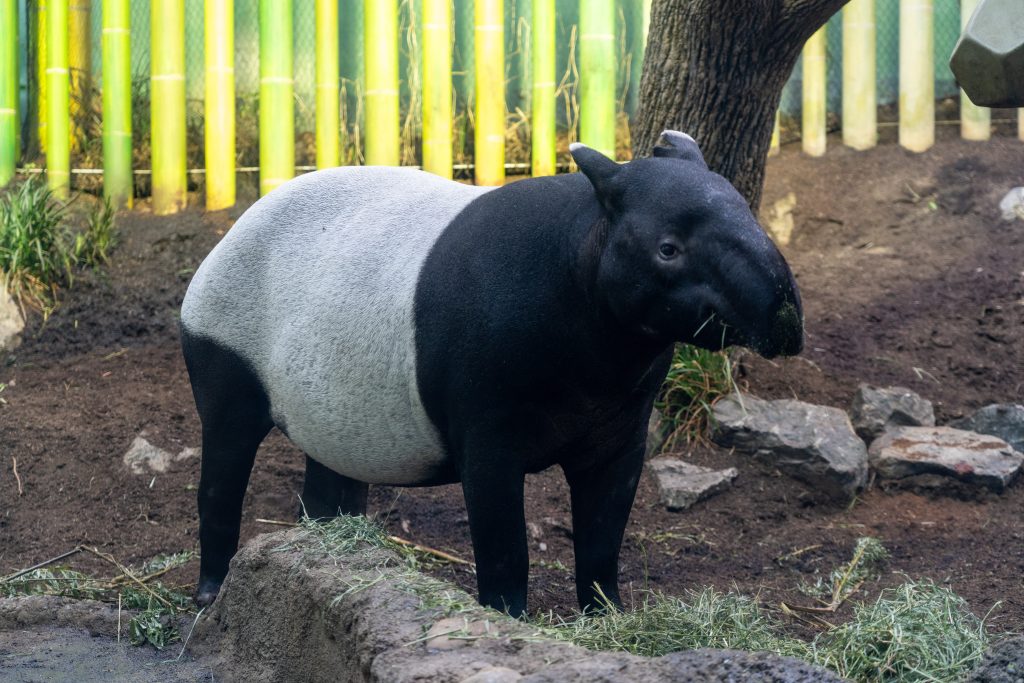Female bighorn sheep with smaller horns slower to reproduce, UAlberta study

Posted Sep 24, 2022 8:21 pm.
Last Updated Sep 24, 2022 8:44 pm.
A University of Alberta study shows a connection between horn size and female reproductivity in bighorn sheep as this could be a potential conservation issue stemming from trophy hunting of male bighorn sheep with larger horns.
Sameul Deakin, first author on the study, says “What we’ve found is that females with small horns are less reproductively fit and are slow reproducers.”
The research was conducted in Ram Mountain which is 30 kilometers east of the Rocky Mountains near Nordeg, Alta. where it examined “45 years’ worth of data on bighorn sheep.”
Female bighorn sheep with smaller horns are slower to reproduce, according to a new study that suggests trophy hunting of male sheep may be affecting the reproductive fitness of entire populations. #UAlberta @ualbertascience https://t.co/zeeLx1562u
— University of Alberta (@UAlberta) September 22, 2022
Deakin says a gene associated with horn size might have an influence on the female reproductive health, as the horns, themselves, aren’t a direct factor. Consequently, trophy hunting could be related to the link between horn size and reproductive health.
He explains the horn size is typically used to tell the general age of bighorn sheep. Hunters choose their targets based on the size of the horn, as regulations indicate “only males of a certain horn size can be hunted.”
Deakin adds targeting male bighorn with larger horns, decreases their population size.
“Perhaps by taking away the strong, fit males, you’re actually affecting female fitness, which could in turn eventually slow population growth,” Deakin said.
This research is supported by previous studies on the Ram Mountain that also showed horn length was reduced because of intense trophy hunting.
Deakin explains female horn size and reproductive health aren’t usually under research examination, so the link between these factors is new.
He also explains “secondary sexual traits such as horns or antlers” help males compete for mates. However, the link remains not as clear for “females of many species.” Also, secondary sexual traits are there to be used for survival against predators, finding resources, or are simply genetic for some species.
“It’s just not so obvious what they’re used for in females. It’s hard to measure,” Deakin said.
READ MORE:
-
UAlberta has tips on food for brain to maximize learning capacity
-
Video games a solution for ADHD learning difficulties: UofC researchers
-
SAIT students eye new jobs at De Havilland Field
Female reproductive fitness is extremely hard for researchers to monitor because of the need to track data from different generations. However, Deakin’s research showed how may offspring each female gave birth to, how the offspring fared, and the the horn size, making it possible to examine female reproductive health.
Although trophy hunting is no longer permitted where the research was conducted, there are still other parts of Alberta where hunting is permitted.








